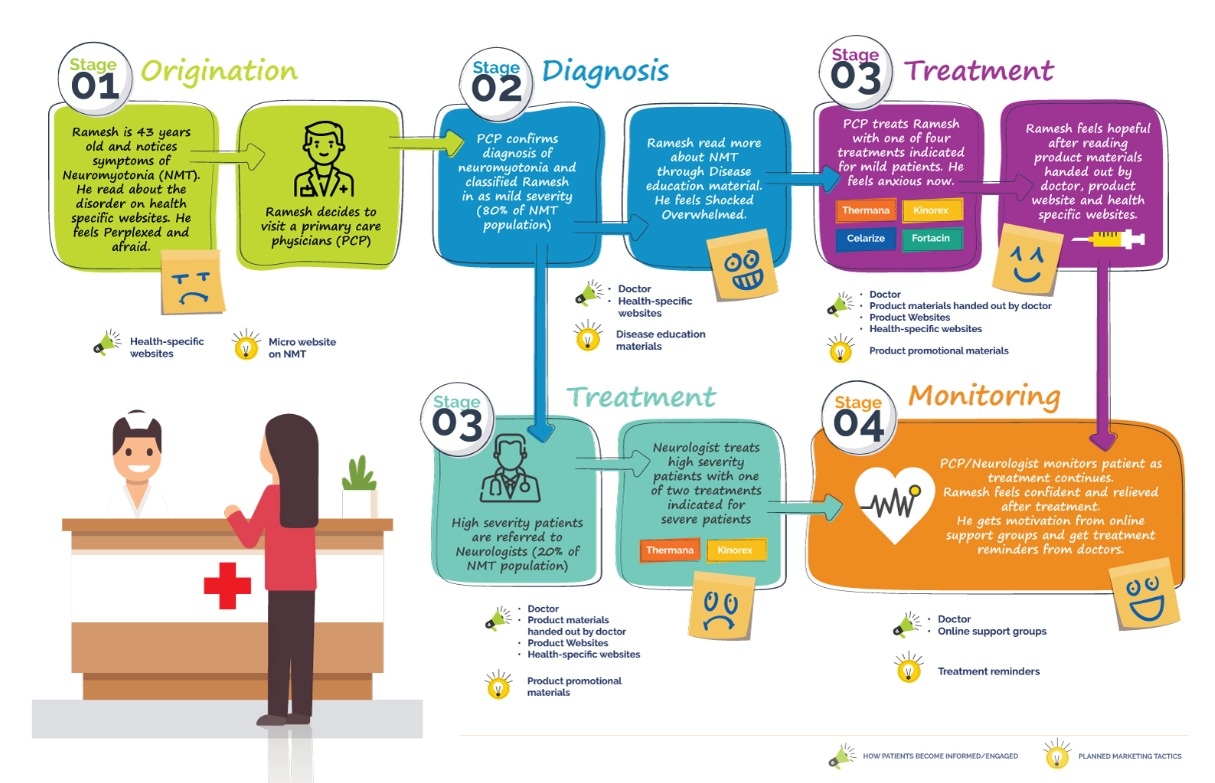
Trending Post
Opening the Digital Front Door: How Healthcare Can Enhance Patient Engagement
Ravi Raichur
The healthcare industry is undergoing significant digitalization, and one of the key ways this is being accomplished is by providing patients with a digital entry point to healthcare services. The digital front door refers to the use of technology to improve patient engagement by making it easier for patients to access and interact with their healthcare providers and information. Healthcare providers can increase patient convenience and engagement by providing patients with a seamless digital experience.
In this blog article, we'll discuss how opening the digital front door can help healthcare providers solve the problem of patient convenience by providing patients with easy access to healthcare services, from appointment scheduling to telemedicine, and access to their medical records. We will discuss the importance of patient engagement in healthcare, the role of technology in enhancing patient engagement, and strategies for implementing patient engagement technology.
Let's dive in!
Introduction to Patient Engagement
Patient engagement is a crucial element of the healthcare experience. When patients are engaged and involved in their healthcare journey, they are more likely to adhere to treatment plans, understand their condition, and be proactive about their health.
At its core, patient engagement is about creating a partnership between healthcare providers and patients. This partnership is based on trust, respect, and open communication, which are essential for successful patient engagement.
Furthermore, effective patient engagement requires a comprehensive approach. Healthcare organizations should focus on physical and emotional aspects, including providing resources to help patients make informed decisions.
What is Patient Journey Mapping?
Patient journey mapping is a powerful tool that healthcare organizations can use to understand and improve the patient experience. It is a visual representation of the patient's journey, from the initial contact with the healthcare organization to the post-care follow up.

By creating a patient journey map, healthcare organizations can identify potential areas of improvement and make changes to enhance the patient experience. The map also helps healthcare organizations understand how different touchpoints in the patient experience can affect overall outcomes.
For example, a patient journey map can reveal that patients are experiencing long wait times for appointments or having difficulty navigating the patient portal. By identifying these issues, healthcare organizations can take action to improve the patient experience.
Additionally, Patient journey mapping can help identify patterns and trends in patient behavior, such as which patients are at risk of non-adherence to their treatment plans or which patients are more likely to miss appointments. By identifying these patterns, healthcare organizations can develop targeted engagement strategies to address these issues.
Benefits of Patient Engagement
There are numerous benefits to patient engagement. When patients are actively involved in their healthcare journey, they are more likely to adhere to treatment plans and follow their doctor's instructions. This can lead to improved outcomes and lower costs for healthcare organizations.
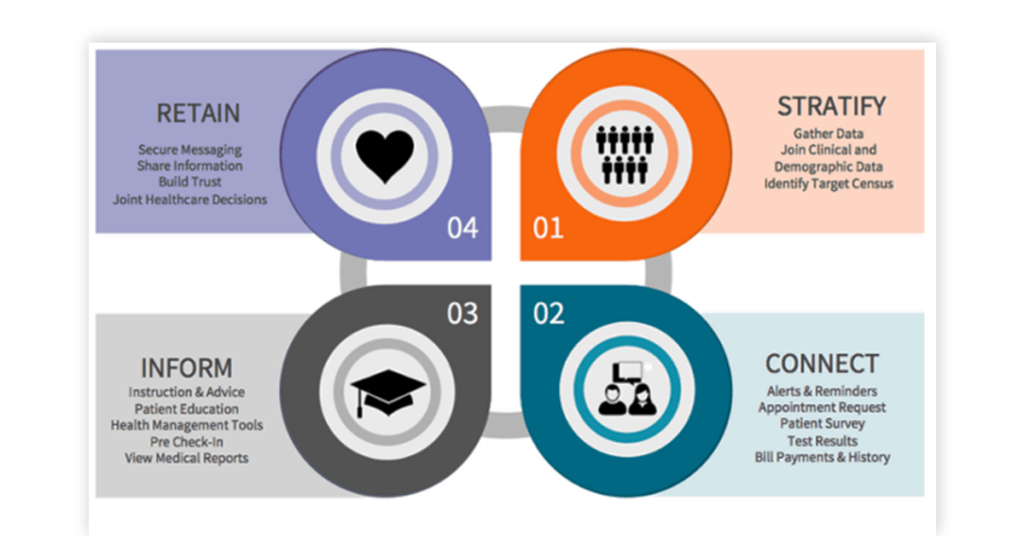
Furthermore, patient engagement can lead to increased patient loyalty. Patients who feel like they are an active part of their healthcare journey are more likely to stay loyal to their healthcare providers. This can lead to increased patient referrals and higher patient satisfaction ratings. Patient engagement also leads to better communication and understanding between patients and healthcare providers. Patients engaged in their care are more likely to ask questions, provide feedback and express their concerns. This leads to a better understanding of the patient's needs and preferences and helps healthcare providers deliver better care.
In addition, patient engagement can also lead to better self-management of chronic conditions. By providing patients with the knowledge and tools they need to manage their health, patients are more likely to take an active role in their care and make healthier choices.
How Digital Technology Enhances Patient Engagement
Digital Technology has the potential to revolutionize patient engagement. From patient portals to telehealth services, technology can help healthcare organizations engage patients in their healthcare journey.
Patient Portals
Patient portals are one of the most popular ways healthcare organizations use technology to improve patient engagement. Patient portals provide a secure, convenient way to access their medical records, schedule appointments, and communicate with their healthcare providers. Patients can also access educational resources and track their health metrics.
Telehealth
Telehealth services are also becoming increasingly popular to improve patient engagement. Telehealth services allow patients to access healthcare from the comfort of their homes, eliminating the need for in-person visits. This can be especially beneficial for patients in remote or underserved areas or with mobility issues.
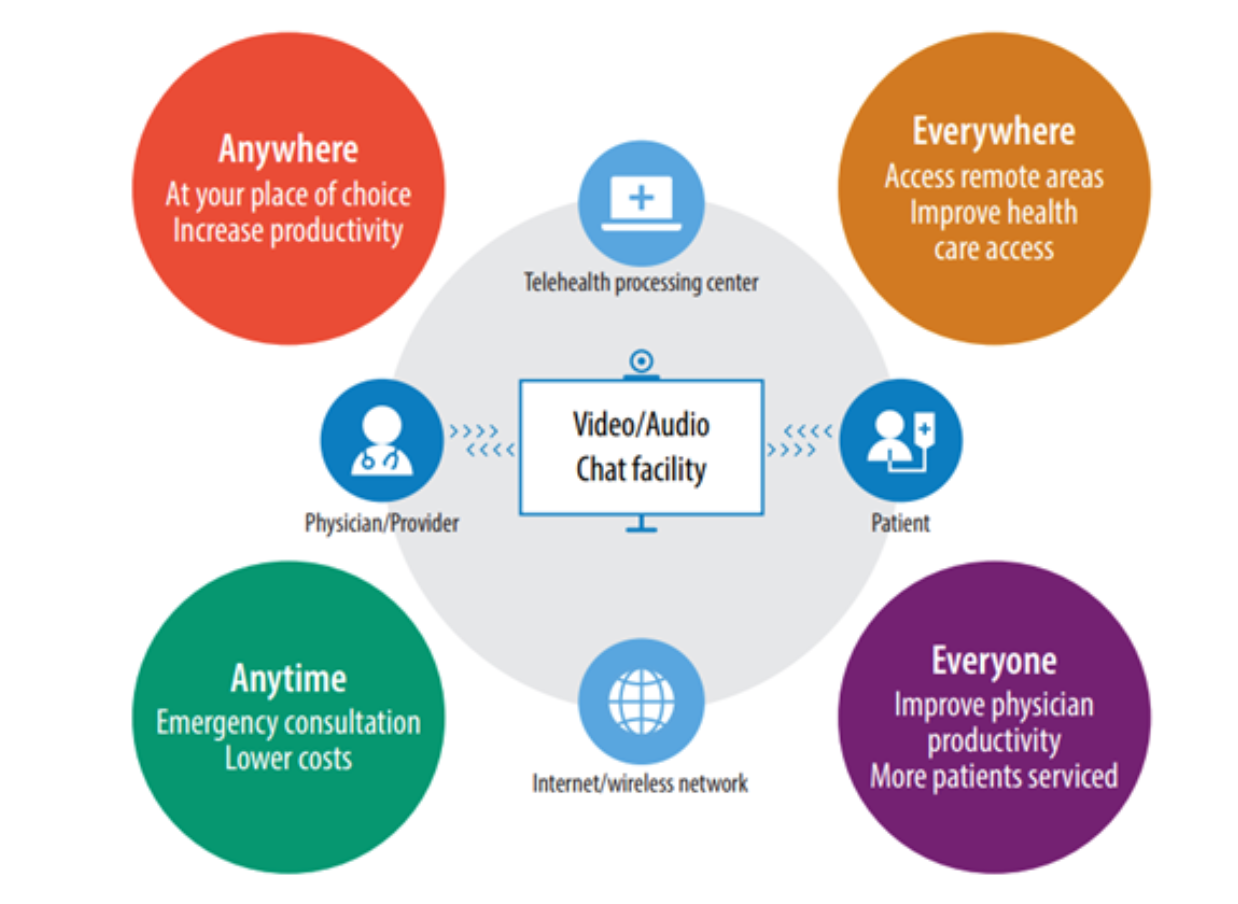
Patient Engagement
data analytics is becoming an increasingly important tool for healthcare organizations looking to improve patient engagement. By analysing patient data, healthcare organizations can gain insights into patient behaviour and preferences, and use this information to tailor their engagement strategies.
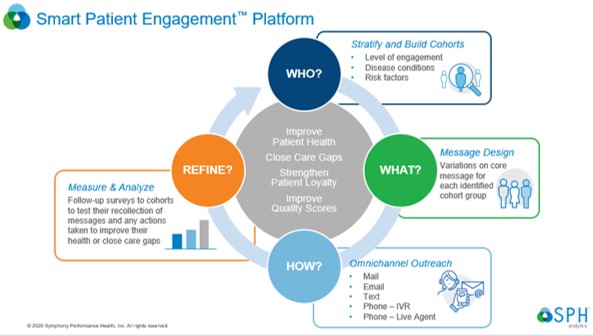
Strategies for Implementing Patient Engagement Technology
Implementing patient engagement technology can be complex, and healthcare organizations should focus on creating an effective strategy. A clear plan of action and an understanding of the technology's capabilities are essential to ensure successful implementation.
One of the key strategies for implementing patient engagement technology is to create a user-friendly experience. This means designing an intuitive platform that is easy to navigate and understand. The platform should also be accessible to all patients, regardless of their technical proficiency.
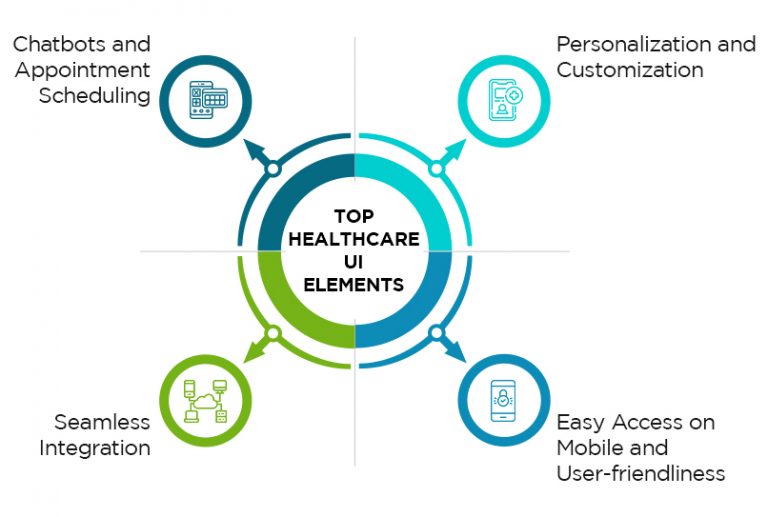
In addition, healthcare organizations should also consider the training and support provided to patients and staff. This includes providing patients with clear instructions on how to use the technology and providing staff with the necessary training to support patients in using the technology.
Finally, healthcare organizations should also consider the security and privacy of patient data when implementing patient engagement technology. This includes ensuring that the technology complies with all relevant regulations and that patient data is protected from unauthorized access. Strategies for Sustaining Patient Engagement
- Once a patient engagement initiative is implemented, healthcare organizations should focus on sustaining the initiative. This includes providing ongoing education and support to ensure that patients can take advantage of the technology.
- Collecting patient feedback to ensure that the technology meets their needs is also essential. Healthcare organizations should use this feedback to make necessary changes and improvements to the technology.
Finally, healthcare organizations should focus on creating an engaging experience. This means providing educational resources, offering rewards and incentives, and using interactive tools to keep patients engaged.
Conclusion
The bottom line is that opening the digital front door is a powerful way for healthcare providers to improve patient engagement. By providing patients with easy access to healthcare services and tools to manage their health, healthcare providers can improve patient engagement, leading to better health outcomes and increased patient satisfaction.
- Patient engagement is a crucial element of the healthcare experience and requires a comprehensive approach. By creating a partnership with patients and understanding their journey, healthcare providers can improve patient engagement, leading to better health outcomes and increased patient satisfaction.
- Technology has the potential to revolutionize patient engagement by providing patients with easy access to healthcare services and tools to manage their health. By leveraging technology, healthcare providers can improve patient engagement, leading to better health outcomes and increased patient satisfaction.
Implementing patient engagement technology requires a clear plan of action, an intuitive and user-friendly platform, involving patients in the process, providing training and support, and ensuring the security and privacy of patient data. By following these strategies, healthcare organizations can effectively implement patient engagement technology, leading to better health outcomes and increased patient satisfaction.

